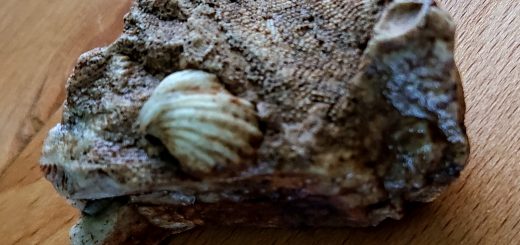In Formative Years, the Sun Had Sisters
 (Space.com) The Sun had sisters when it was born, according to new research, hundreds to thousands of them. And at least one was a supernova, providing further support for the idea that there could be lots of planets around other stars since our solar system emerged in such an explosive environment. “We know that the majority of stars in our galaxy were born in star clusters,” said Leslie Looney, who arrived at the solar sibling finding along with his colleagues at the University of Illinois at Urbana-Champaign. “Now we also know that the newborn solar system not only arose in such a cluster, but also survived the impact of an exploding star.
(Space.com) The Sun had sisters when it was born, according to new research, hundreds to thousands of them. And at least one was a supernova, providing further support for the idea that there could be lots of planets around other stars since our solar system emerged in such an explosive environment. “We know that the majority of stars in our galaxy were born in star clusters,” said Leslie Looney, who arrived at the solar sibling finding along with his colleagues at the University of Illinois at Urbana-Champaign. “Now we also know that the newborn solar system not only arose in such a cluster, but also survived the impact of an exploding star.
This suggests that planetary systems are impressively rugged and may be common in even the most tumultuous stellar nurseries.”
The evidence for the solar sisters was found in daughters—such as decayed particles from radioactive isotopes of iron—trapped in meteorites, which can be studied as fossil remnants of the early solar system.
These daughter species allowed Looney and his colleagues to discern that a supernova with the mass of about 20 suns exploded relatively near the early Sun when it formed 4.6 billion years ago; and where there are supernovas or any massive star, you also see hundreds to thousands of sun-like stars, he said.
The cluster of thousands of stars dispersed billions of years ago due to a lack of gravitational pull, Looney said, leaving the sisters “lost in space” and our Sun looking like an only child ever since, he said.
The research will be detailed in the Astrophysical Journal.
The finding also has exciting implications for life in other solar systems, Looney said, since most stars are born in clusters.
“If our favorite planet, Earth, was born in the nasty environment of a cluster, with the increased radiation and gravitational effects, then the majority of stars could also have planets,” Looney told SPACE.com. “Not only have planets, but have planets where terrestrial life can occur.”
Astronomers now should focus more attention on how planets form in clusters, he said. “It may be easier to form planets than we expected,” he said.
Isotopes and supernovas
When massive stars explode and go supernova, they create radioactive isotopes that are blown outward and mix with nebular gas and dust as they condense into stars and planets. In the case of our solar system, that means some of the isotopes were trapped in the rocks that hardened to form the early solar system. Meteorites are remnants of those rocks, so they contain the radioactive offspring, or daughter species, of the isotopes created by the supernova.
Looney and his colleagues used measured abundances of the daughter species to calculate that the supernova sibling was about 0.32 to 5.22 light-years from the Sun. The closest star system to the Sun today is Alpha Centauri at 4.36 light-years.
“The supernova was stunningly close,” said Looney’s co-author Brian Fields. “Our solar system was still in the process of forming when the supernova occurred.”







